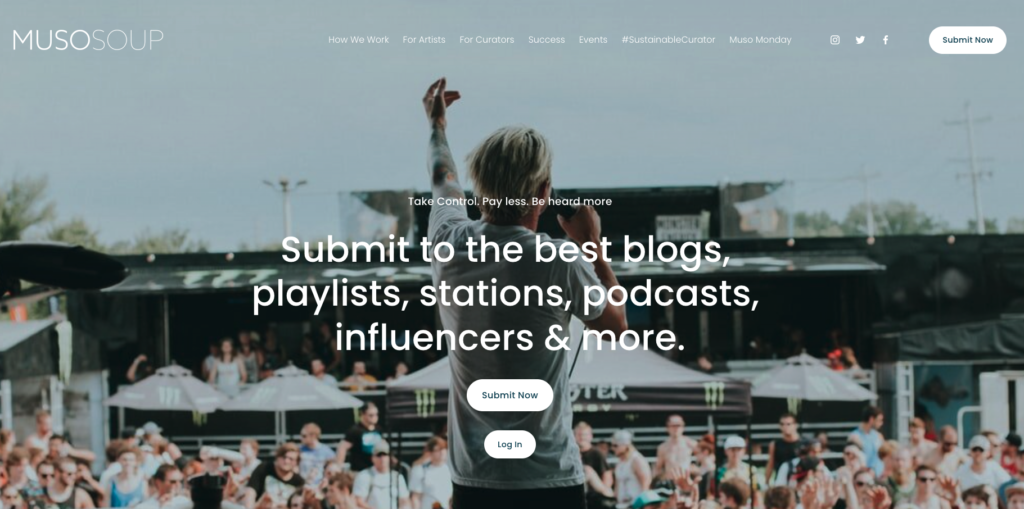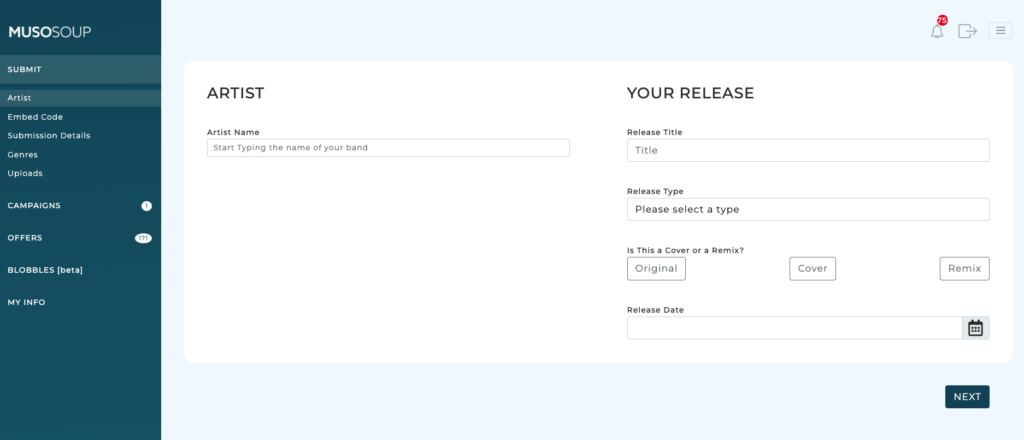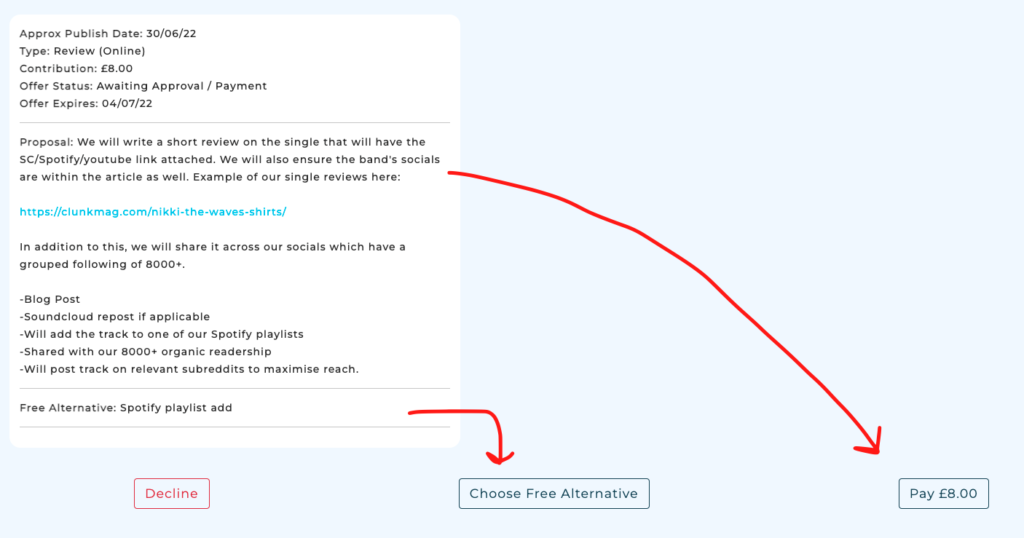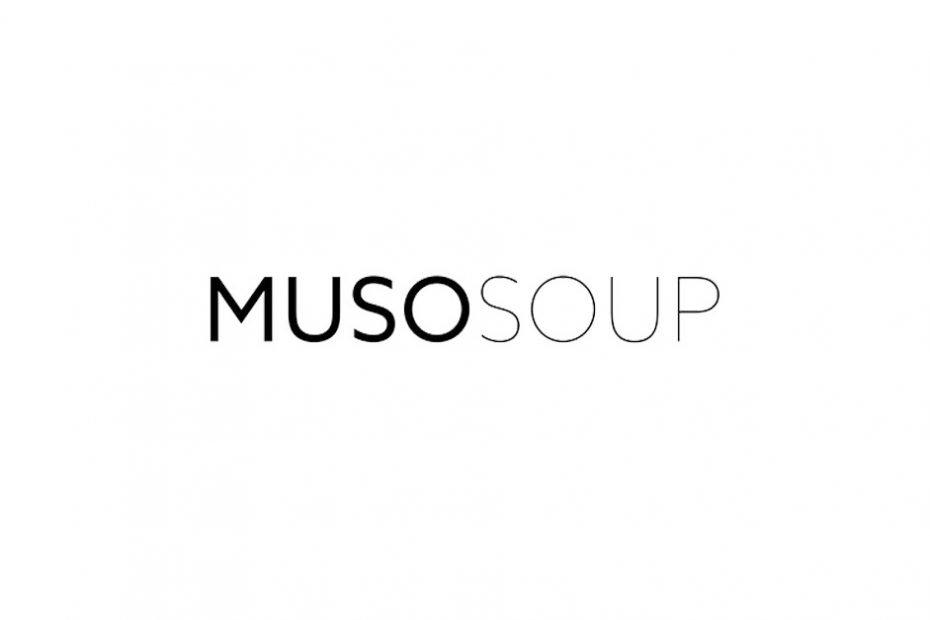Is Musosoup worth it?
Here’s my short answer: It can be.
Artists can use Musosoup to get press coverage and playlist placements for their music. There are a lot of solid curators on the platform, and thanks to their submission model (which I’ll discuss in more depth below), campaigns are incredibly easy to set up and results are virtually guaranteed.
But I do have an important caveat…
I personally recommend using Musosoup as a third option for PR campaigns.
Before paying for coverage via Musosoup, I think it’s better to try 1) email submissions and 2) SubmitHub. Neither method provides guaranteed results, and both methods can be incredibly frustrating – but I think they also can lead to better coverage.
I’ll make the case for that below.
And I’m also going to cover my personal experience with Musosoup, the main pros and cons of the platform, and the real results I’ve gotten using it.
All right, let’s get into it. Read on for what I hope is the most thorough and unbiased review of Musosoup that you’ll find anywhere online (yes, including on reddit).
First things first…
What is Musosoup?
Good question.
Here’s my answer: Musosoup is a platform where you can submit your music to curators, with the goal of getting your song added to playlists, featured on social media accounts, and written about on music blogs.
Musosoup puts it this way (this is literally the above-the-fold headline on their homepage as of June 2022):
“Submit to the best blogs, playlists, stations, podcasts, influencers & more.”

In other words, Musosoup is for artists who are releasing new music and want to get exposure via influencers across a variety of media types. Founded by Chris, the editor of the indie music blog Lost in the Manor, it follows in the footsteps of platforms like SubmitHub, Groover, HumanHuman (which has been discontinued), and others.
But its submission model sets it apart from those competitors in hugely important ways, both good and bad.
Let’s talk about that next.
How does Musosoup work?
Here’s the Musosoup pitch: You pay one time, and your music is submitted to all of the relevant curators on the platform.
This is drastically different from SubmitHub, where you have to hand-select each curator to whom you want to send your music. It’s also pretty different from Playlist Push, where you pay once, but your cost is dependent on the number and size of the curators you’re sent to.
On Musosoup, you pay a one-time fee of £24 (which currently converts to about 30 USD) and you’re sent to every relevant curator.
The process works like this:
1. You submit your music to Musosoup.
Hit the “Submit” button on the Musosoup homepage, and you’ll be prompted to create an account. From there, you’ll be taken to a submission wizard where you’ll upload and fill in information about yourself and your music.
Here’s what the first page of that process looks like:

It’s all pretty straightforward. You’ll do stuff like:
- Set your release date
- Note whether you’re submitting a single or an album
- Tag relevant genres
- Upload your press kit (you need a written press release and photos to run a campaign)
- Paste in the embed code to your song (your song has to be live on Soundcloud or Spotify for this)
Assuming you’ve got a press release written already, the whole process takes like 10 minutes. Then, once you’ve filled everything out, you’ll submit your music for approval, which leads to the next step…
2. Your music is approved by the Musosoup team.
Once you submit, you’ll be taken to a screen telling you that your music is “in review.” When it’s been approved, you’ll get an email asking you to activate your campaign.
Two notes on this:
1. You don’t pay the campaign fee until your song has been approved by Musosoup’s team and you “activate” your campaign. That’s ostensibly for quality control, with the idea being that songs will only be approved if they have a good chance at getting coverage. Hypothetically, this means that you’re only ever paying for results.
That’s nice, but…
2. I’ve literally never had a song get rejected, so I kind of doubt the validity of the review process. I’ve submitted songs I thought were mediocre – all of them got approved. I’ve run a test where, instead of a written press release, I uploaded a random photo of a dog that I’d saved as a .pdf. The submission was approved without issue.
The takeaway: The Musosoup team might review songs and submissions, but they definitely don’t review them very thoroughly.
3. Your music is sent to every curator on the platform.
Per Musosoup, there are around 200 curators currently on their network – and, again, your music will be sent to each and every one.
This is a mixed bag.
On the one hand, a single submission process for 200 curators dramatically simplifies things for you. You can set up a Musosoup campaign in like 10 minutes; it takes me hours to run SubmitHub campaigns, and even longer to email or message curators directly.
But on the other hand, sending to 200 curators without much of a filter makes things weird, too.
I’ll get into the pros and cons of this approach in a bit.
4. Curators have 45 days to respond to your submission and make you an offer for coverage.
Campaigns live for 45 days, and curators have a chance to check out your song over the length of that whole period. I’ve gotten new offers on Day 45.
You’ll see offers for coverage pop up in your account when curators accept your music; you’ll also be notified by email whenever a curator accepts your stuff.
Here’s what the offers page looks like:

5. You approve any offers that you like, then the curator covers your music.
You can click into offers to approve them (and you almost definitely will get offers for coverage to approve).
But there’s a catch – you’ll probably end up paying more to turn those offers into results.
Here’s how it works: Curators review submissions and accept or decline them for coverage. If a curator accepts a submission, Musosoup requires that they provide a “free” coverage option, but also enables them to offer a “paid” coverage option.
Here’s what an offer from a curator looks like:

